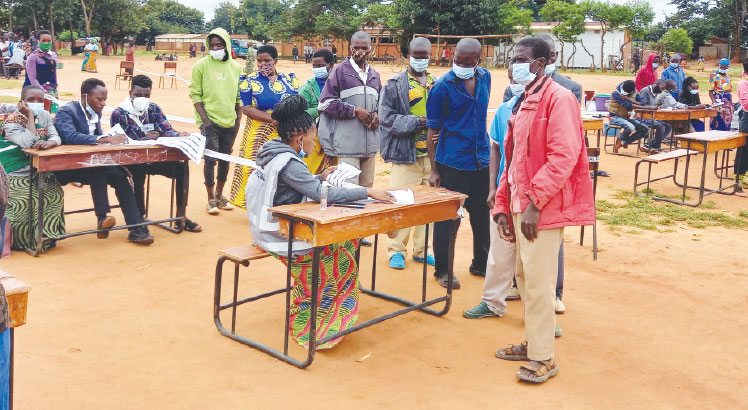Storm in a cup of tea over harvest
It is not rocket science. A bumper harvest does not equal to food security for everyone in the country. There will always be some pockets of hunger due to issues like drought, army worms and other natural disasters.
For example, even if Malawi, whose annual maize requirement is 3.1 million metric tons (MT) were to triple its maize yield, at the household level, some people would still be without food during certain periods of the year.
Such is the case with Malawi, not only this year but since 2018.
In 2018, the country produced 3.4 million MT of maize; 3.3 million MT in 2019 and 3.7 million MT in 2020. This year, maize production is at 4.6 million MT. As you can see, in all these years production has been well above the national annual requirement. So even in the bumper harvest year—when at national level the country has produced the highest yields—some Malawians in Sorjini in Nsanje, Chendausiku in Balaka and Kanjuchi in Mzimba did not produce enough maize for their consumption for reasons stated above. Government will have to feed them.
But with this year, the difference is in the size of the food-insecure population. In 2018 some 3.3 million Malawians were food insecure, 1.8 million in 2019, and 2.8 million in 2020. This year when we have the biggest maize harvest in four years, we also have the smallest food insecure population of 1.5 million. This figure is 43 percent lower than last year’s number of those in need of food. This is phenomenal. These are the fruits of the K140 billion that funded the Affordable Input Programme.
What the above scenario means is that like in the past four years, Government will this year still purchase maize for humanitarian responses. But it won’t have to break the bank. This is because the surplus maize, apart from being available within the country, is in large amounts. Suffice to say there is a fly in a jug of milk. This is the Agricultural Development and Marketing Corporation (Admarc). A functional Admarc would be able to go on the market and buy off this surplus maize harvest—1.5 million MT. But we know it didn’t do so this season. It has never done so.
According to the Malawi Vulnerability Assessment Committee (Mvac), the 1.5 million people will need about 35 296 MT of maize valued at K7.94 billion. All things being equal, this will still leave Government with a surplus of over 1 460 000 MT to either keep in the strategic grain reserves (SGR) or sell abroad. We know for a fact that there is 130 000 MT of maize in the SGRs. So government can still keep alive its dream and plan of exporting one million MT of maize. What it needs to do though is to put Admarc which is comatose on a short leash.
Oftentimes Admarc is dysfunctional. The organisation goes on the market late. And when it does, it buys only in limited quantities. And to add salt to a festering wound, Admarc has over the years lost over 30 000 MT of maize meant for price stabilisation due to poor storage. This is anathema.
And so despite the bumper harvests of the past two years—3.3 million MT and 3.4 million MT—private traders who bought most of the maize hoarded it. They only started selling the commodity when supply dwindled. And your guess is as good as mine—they well selling at skyrocketing prices.
All this underscores the need for Admarc to buy the maize early so that when Government needs the commodity for its humanitarian responses—usually from November to March—the maize should be available at affordable prices. This noise about 1.5 million people going hungry and the need for relief food is a storm in a cup of tea.



